If you’re like me, you probably spent quite a long time knowing that Zanzibar is or was a country, but also not knowing where it is and not being able to find it on a map. Just one of those facts that sticks in your head, but you don’t know where it came from or if it’s even true. There’s no shame in that, the world is a mind-bogglingly big place and history does all kinds of wacky things to place names and nation borders. So before we get into the Zanzibar revolution, it’d probably be a good idea to talk about Zanzibar itself first. So let’s do that now!
What is/was Zanzibar?
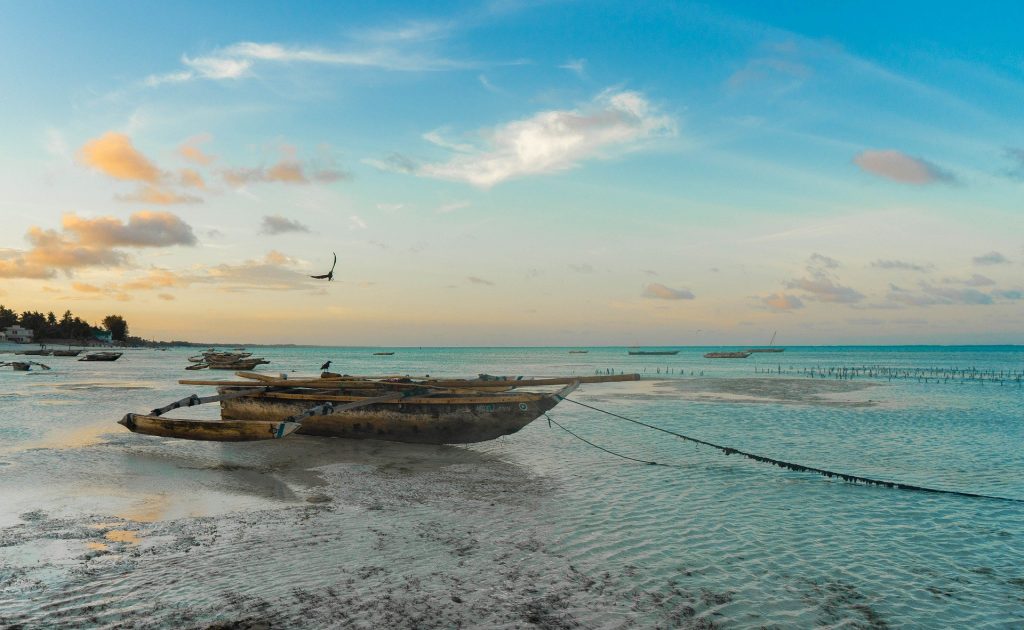
The state immediately prior to the Zanzibar revolution was the ‘Sultanate of Zanzibar‘. This is a nation that existed from 1856 to 1964, when the revolution took place. While its territory fluctuated over the years, even once holding all of Kenya, the key territory is a place still known as the Zanzibar archipelago, a series of four islands (three inhabited by humans) just off the coast of modern-day Tanzania. For the existence of the sultanate, the territory also included a strip of territory along the surrounding coast, though not penetrating far into the interior.
Over a period of a few centuries, Zanzibar had repeatedly fallen under colonial rule. First it was the Portuguese, then it was the sultanate of Oman who took over For a long time, Zanzibar was used as a hub of Arab influence over the African slave trade, a trade that propped up the economy and saw shocking brutality inflicted on the African population. Through the mid-1800s, it was estimated that around 50,000 slaves were brought to the island each year, with two-thirds being exported for trade and the final third remaining on local slave plantations. The high numbers were deemed necessary due to about 30% of slaves dying each year, the Arab overlords apparently caring little for the savagery they inflicted.
Pressure from the rising influence of British colonialism eventually saw the slave trade abolished in 1876, with slavery itself later being abolished there in 1897. Times were changing and the European scramble for Africa had jeopardized the cushy position of the Arab ruling class in Zanzibar. Before long, Zanzibar’s mainland territories had vanished due to the pressure of Britain and Germany who carved up spheres of influence and eventually agreed to give Britain sole protectorate status over Zanzibar with the Heligoland-Zanzibar treaty of 1890. Domestic authority in Zanzibar was still largely up to the sultanate, but now with British oversight and dominance.
What followed six years later was the death of the pro-British sultan and the immediate scramble for a successor. Britain had a successor they liked, but the ex-sultan’s nephew Khalid bin Bargash didn’t quite like that idea. He began to raise an army to fight back against the British and then, at 9am on the 27th of August 1896, the first shots were fired of the Anglo-Zanzibar war. And then at 9:40am, the shooting stopped, the sultan’s flag was cut down and the war was over. It was the shortest known war in history and just a bit of an embarrassment. A pro-British sultan with reduced powers was installed and that was the end of that.
Prelude to the Zanzibar Revolution
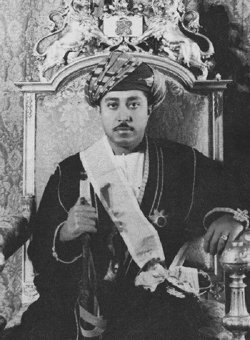
Something pretty important happened as a result of the Anglo-Zanzibar war. For once, the African population of Zanzibar not only saw the Arab elite not get their way, they saw them being utterly humiliated by a vastly superior force. A force that, while also an oppressive, racist, colonialist power, had stepped in to help end slavery and improve their lot in life, however minutely. It has to be understood that even for a slave society, Zanzibar was infamous for its cruelty and the death toll among its slaves. Even when slavery ended, the chauvinism shown to the native African population helped foster a seething resentment. But with the British backing the new Arab sultan, there was nothing to be done.
Due to Zanzibar not being particularly economically, militarily or politically important, a status quo carried the nation through the next few decades. The ruler was an absolute monarch autocrat from the Arab population and by the 1960s, the demographic makeup was estimated at around 230,000 natives (including ‘Shirazis’, who claimed Persian descent along with their native origins), 50,000 Arabs, 20,000 south-Asians and some of Europeans. The Arab population held most of the land on Zanzibar and on the whole were richer and insulated from the problems affecting the native population. This would begin to be their undoing as crumbling of the British empire in the 1950s took away their safety net.
In 1957, the first election was held in Zanzibar. It wasn’t the most important affair really. The strict rules limited participation to 14% of the populace and elected officials lacked significant power. Still the existence of an election at all helped to form various parties The Zanzibar Nationalist Party was led mainly by Arabs while the Marxist Afro-Shirazi Party stood for the rights of natives and Shirazi peoples. Of the paltry 6 available seats, the ASP won three, with the remaining three taken by independents. In 1961, elections saw the ASP pushed into opposition by the ZNP going into coalition with a smaller, more pro-Arab African-led party. This despite the fact that the ASP dominated the popular vote.
This happened again in 1963. The ASP won 54% of the popular vote, compared with the ZNP’s 29%, Yet somehow, by allying with another party that got nearly 16% of the vote, this was enough to keep them in charge. It was at this point that the ASP began forming underground ties with the Arab socialist Umma Party and the young Ugandan revolutionary John Okello, who felt the only way to dislodge Arab rule in Zanzibar was through force of arms. Slowly and carefully, an underground army was being built. Perfectly timed it would seem as on the 10th of December 1963, the British protectorate of Zanzibar was abolished. The safety net had disappeared and the Zanzibar revolution was on the horizon.
The Zanzibar Revolution
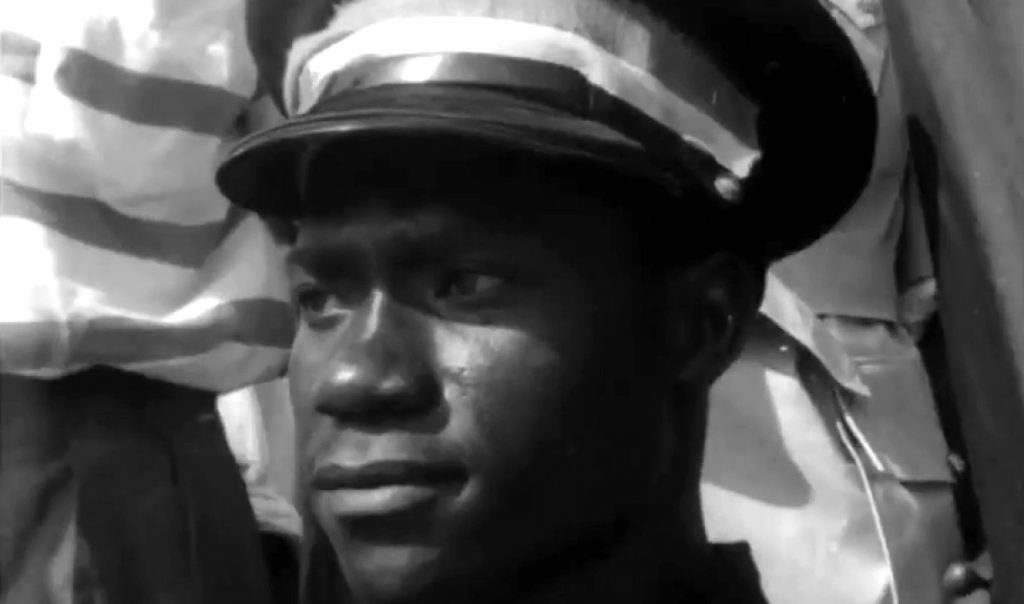
One of the first things done after the last election in the sultanate was to dismiss all police of African origin. A genius idea that swelled the ranks of disaffected revolutionaries with new, highly trained members and weakened the existing police force. When independence was finally granted, the Arab-led government made no secret of its desire to strengthen ties with the Middle-East while spurning nearby Africa. The endemic racism in the Arab led government brought hatred to a fever pitch, creating the perfect conditions for the Zanzibar revolution. With the skilled activities of John Okello, it was only a matter of time… Just a month after independence as it would happen.
At 3am on the 12th of January 1964, several hundred insurgents on Zanzibar’s main island attacked local police stations to seize weapons and communications equipment. The ill prepared now wholly Arab police force was hopelessly outnumbered and swiftly outgunned as the largest armory in the country was seized before the government even realized it had the Zanzibar revolution on its hands! Okello rallied the revolutionaries to seize key areas around the capital and at 7am, began a radio broadcast to call on the masses to aid in the revolution. Much like the Anglo-Zanzibar war, the bulk of the fighting was done within a day. The sultan fled on his yacht and it was up to the revolutionaries to mop up stragglers.
What then followed was much less heroic. Despite the ASP uniting with the Arab Umma Party, it would seem that John Okello didn’t get that particular memo. He specifically held out hatred for the Arab populace and ordered the men under his command to slaughter all Arab men between 18 and 25. He also notably discouraged rape against virgins specifically, a curious wording which helps explain why many innocent women were raped in the ensuing carnage. And of course, his specific demands were often ignored. He had opened the door for racial extermination and many roving death squads wouldn’t spare the elderly, women and children once the young men were butchered. Everything from beheadings to castrations occurred.
It’s been thought now that the leaders of the ASP and Umma Party, at the time on the African mainland, were completely unaware of the Zanzibar revolution planned by Okello until it occurred. Oh, they planned for revolution alright and Okello was an ASP branch secretary, but his plan was separate from theirs. Being Ugandan and even Christian in contrast to the Islam practiced by the vast majority of islanders, both Arab and African, he was a strange and controversial figure to lead the revolution. As a result of his ‘leadership’, around a fifth of the island’s pre-revolution population had fled or been killed within just a few weeks. The true number of dead isn’t known, ranging between 2000 and 20,000.
People’s Republic of Zanzibar and Pemba
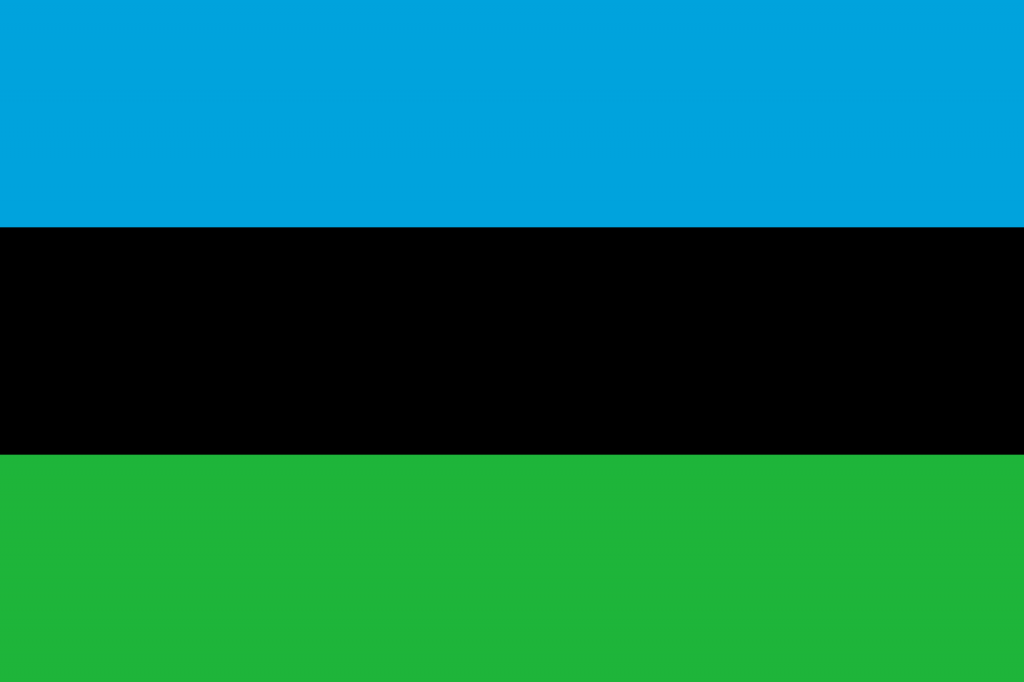
When the orgy of violence of the Zanzibar revolution had settled somewhat, Okello invited the other leaders of the ASP and even the Umma Party to return to Zanzibar and take their places, with Abeid Karume of the ASP as president and Abdulrahman Muhammad Babu of the Umma Party as prime minister. Okello set aside the role of ‘field marshal’ for himself, which was reluctantly allowed. Owing to his instability and relative unpopularity due to being Christian and not from Zanzibar, when he left for the mainland in March, he was refused the right to return and stripped of his position. He returned to Uganda and was last seen in the company of Idi Amin before disappearing completely.
In any case, life in Zanzibar moved on. Owing to the Marxist heritage of both the ASP and Umma Parties, the sultanate was renamed to the People’s Republic of Zanzibar and Pemba. (Pemba being the name of the second main island making up the Zanzibar archipelago.) In April, the People’s Liberation Army was established and it was looking pretty clear to the west that they might have a new socialist state on their hands. It became the first country in Africa to recognise the German Democratic Republic and rumours were abound of Cuban or Warsaw Pact interference to spark the revolution. Due to Britain’s concerns, they delayed recognition of the new government which further pushed Zanzibar towards socialism.
Another pretty big concern was the differences between the two leading parties. The ruling ASP had certain socialist inclinations, but it was comparatively moderate and unaligned in the cold war when compared with the more openly Marxist Umma Party. The two acted quasi-independently from each-other in this early post-revolutionary period, with alarm being sparked by the Umma Party reaching out to China for shipments of arms to develop a paramilitary wing. Zanzibar was on the cusp of becoming a part of the socialist bloc in the cold war and potentially ending up on the wrong side of British warships.
To resolve this problem, the ASP were quick to take matters out of Zanzibar’s hands altogether. You see, the decolonization period at this time had led to a lot of new nations. One of which, which made up a sizable mainland territory bordering Zanzibar, was Tanganyika. It had gained its independence in 1961 under moderate, unaligned socialist leader Julius Nyerere, a perfect counterpart for the ASP. In April, just three months after the revolution, an agreement was signed that merged the two nations, combining their names to form – Tanzania. Yup, that’s why Tanzania is called that.
Aftermath
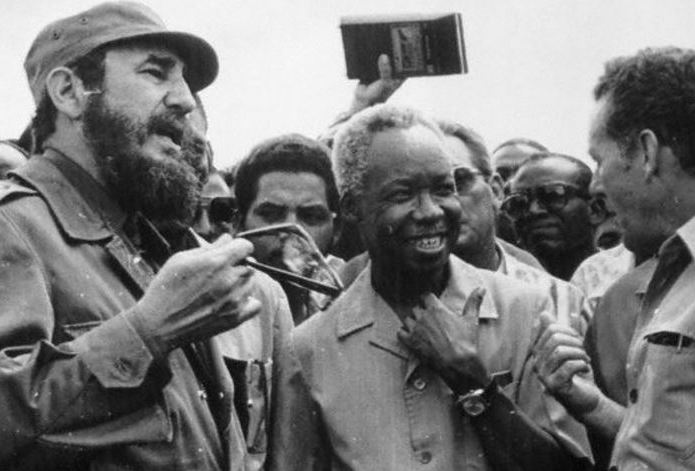
Zanzibar retained its own regional autonomy and with the added security granted by Tanzania, began enacted sweeping reforms. Land was redistributed from Arabs to Africans, free healthcare was established and education was opened up to the masses. The remaining Umma Party influence saw to it that closer trade ties were made with China to begin development. In 1972, president Karume was assassinated and members of the Umma Party were implicated. It’s unclear whether or not it was true, but their influence on the country came to a sudden end. In 1977, the ruling Tanzanian party merged with the ASP to form the Chama Cha Mapinduzi. Tanzania remained autonomous, but now with linked ruling parties.
The Zanzibar revolution set the stage for modern Tanzania and indeed, modern Zanzibar. To this day it retains a semi-autonomous status and the Zanzibar revolution is celebrated as a public holiday on every January 12th. If you’d like to learn more, you should check out another article we’ve got on flags of Tanzania, including Zanzibar! And if you’re now interested enough to visit, you should take a look at our 2022 tour to Zanzibar!





